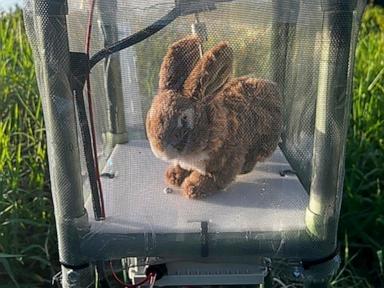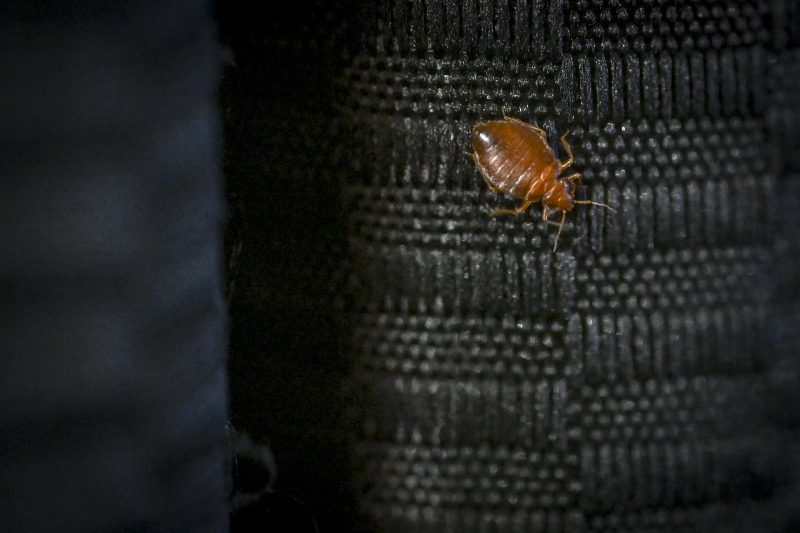Robot Rabbits Deployed in Florida to Combat Invasive Pythons

UPDATE: In a groundbreaking move to combat the invasive Burmese python crisis, the South Florida Water Management District has deployed 120 robot rabbits across the Everglades to lure these giant snakes from their hiding spots. This innovative strategy is part of an urgent effort to protect Florida’s native wildlife, as Burmese pythons have decimated local species, eliminating 95% of small mammals and countless birds in Everglades National Park.
The robot rabbits mimic the appearance and behavior of real marsh rabbits, emitting heat and scent to attract pythons. According to Mike Kirkland, lead invasive animal biologist for the water district, “Removing them is fairly simple. It’s detection. We’re having a really hard time finding them.” These robotic bunnies, each costing approximately $4,000, are solar-powered and remotely controlled, providing a high-tech solution to an escalating environmental crisis.
The deployment comes after previous attempts to use live rabbits failed due to high costs and logistical challenges. The robot rabbits are placed in monitored pens equipped with cameras that alert officials when a python is nearby, enabling rapid response for removal. “Every invasive python that is removed makes a difference for Florida’s environment and its native wildlife,” said Ron Bergeron, a governing board member of the water district.
The severity of the python problem is underscored by estimates suggesting there could be up to 300,000 pythons in Florida, with the U.S. Geological Survey indicating “tens of thousands.” The reptiles are not native to the region, having established a presence after being released as pets or by escaping captivity. A single female python can lay between 50 and 100 eggs at a time, exacerbating the threat to native species.
Since 2000, over 23,000 pythons have been removed through various efforts, but the robot rabbits represent a new frontier in this ongoing battle. Florida’s Python Challenge also incentivizes removal, with participants competing for cash prizes for the most pythons caught. This year, 934 participants captured 294 pythons, with a top prize of $10,000 going to an individual who caught 60 snakes.
While the robot rabbit initiative is still in its early stages, initial results are promising. Officials remain optimistic about its potential to enhance python detection and removal efforts. “This part of the project is in its infancy,” Kirkland noted. “We are confident, though, that this will work once we are given enough time to work out some of these details.”
As this innovative approach unfolds, the environmental stakes remain high. The future of Florida’s native wildlife hangs in the balance, and every effort counts in the fight against the invasive Burmese python. Stay tuned for more updates as the situation develops.






